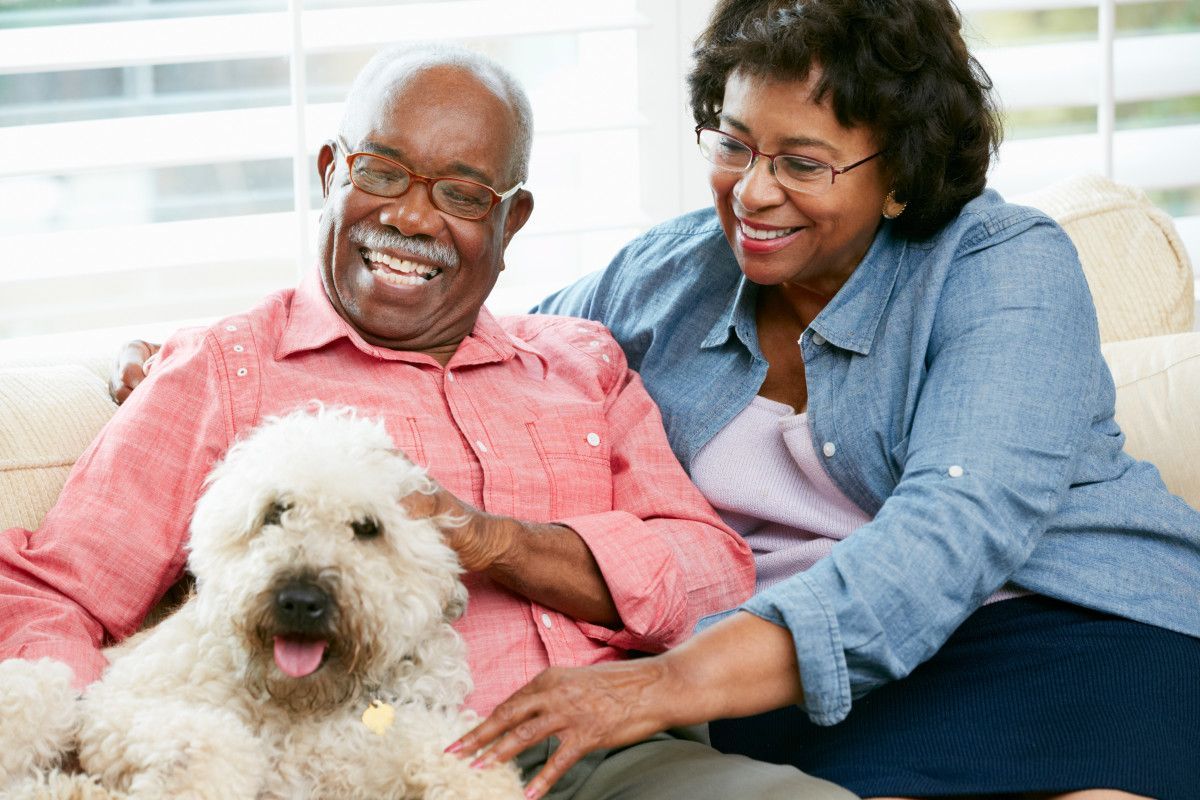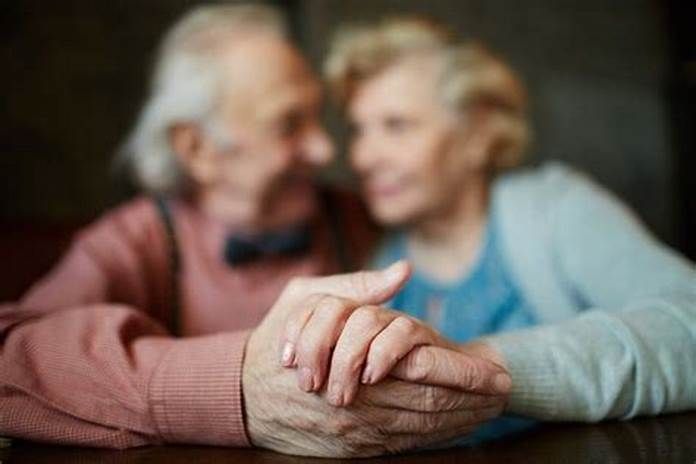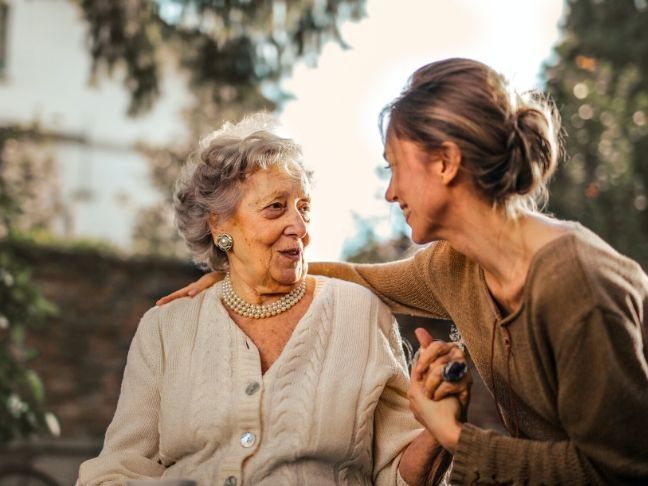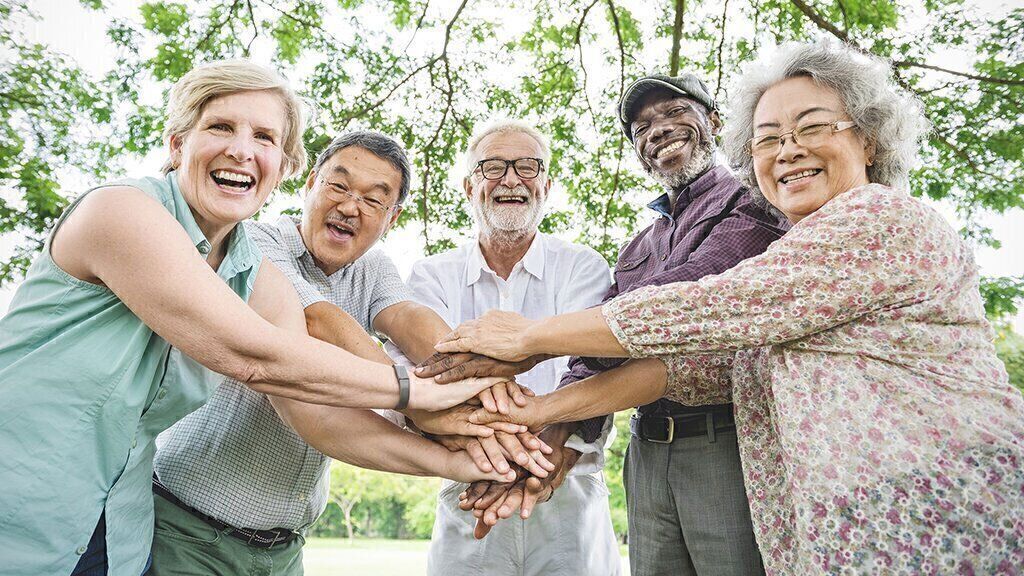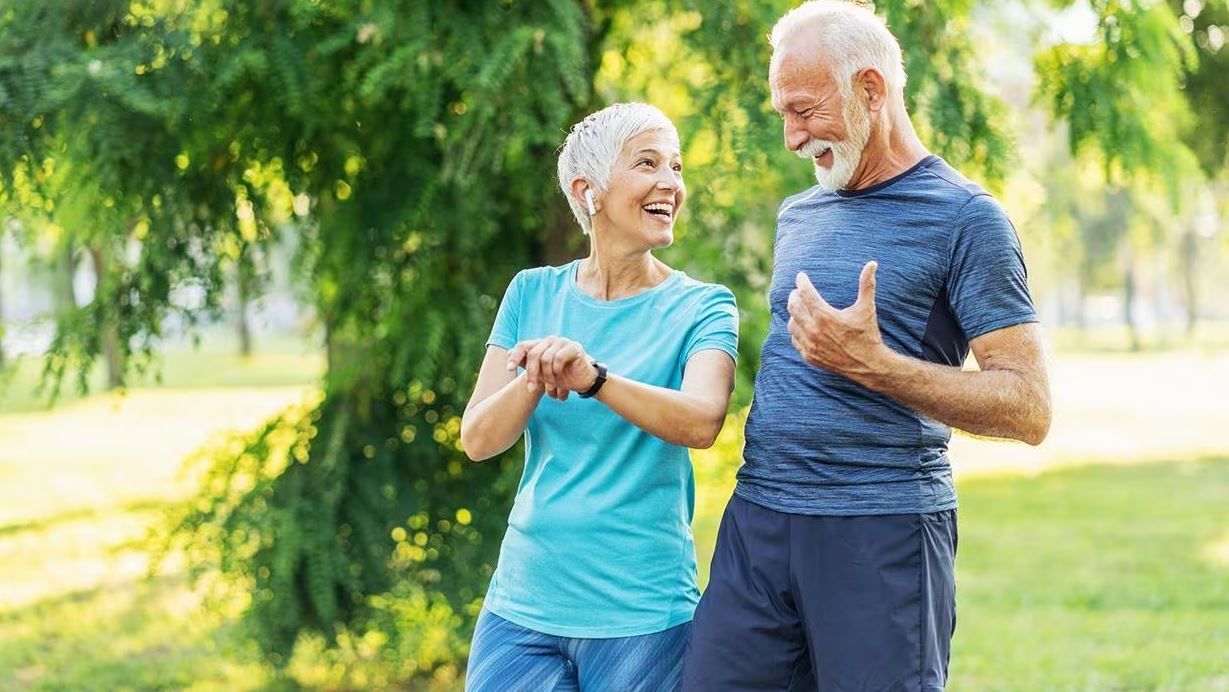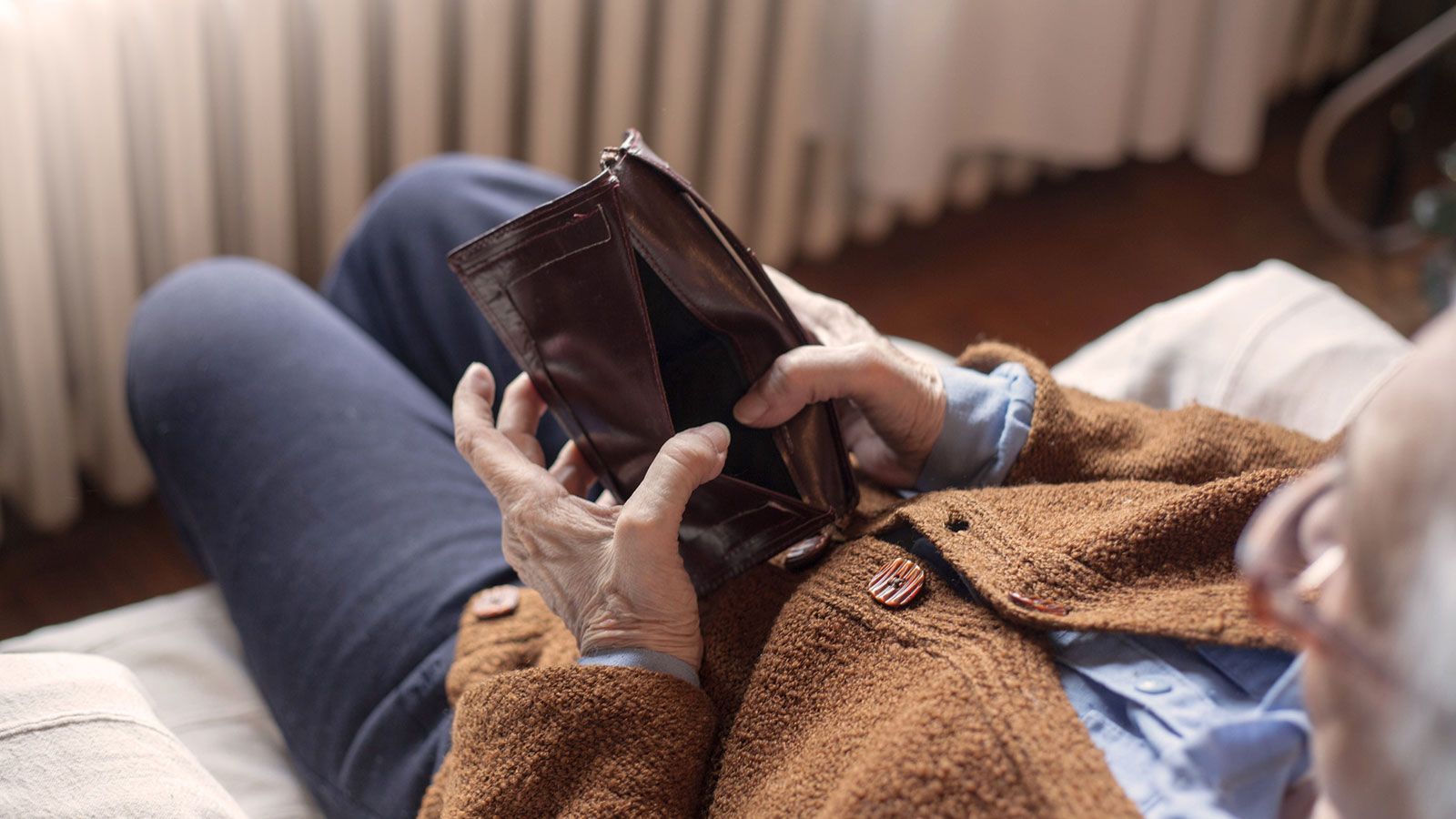5 Ways Senior Care Homes Can Help Prevent Accidents
5 Ways Senior Care Homes Can Help Prevent Accidents
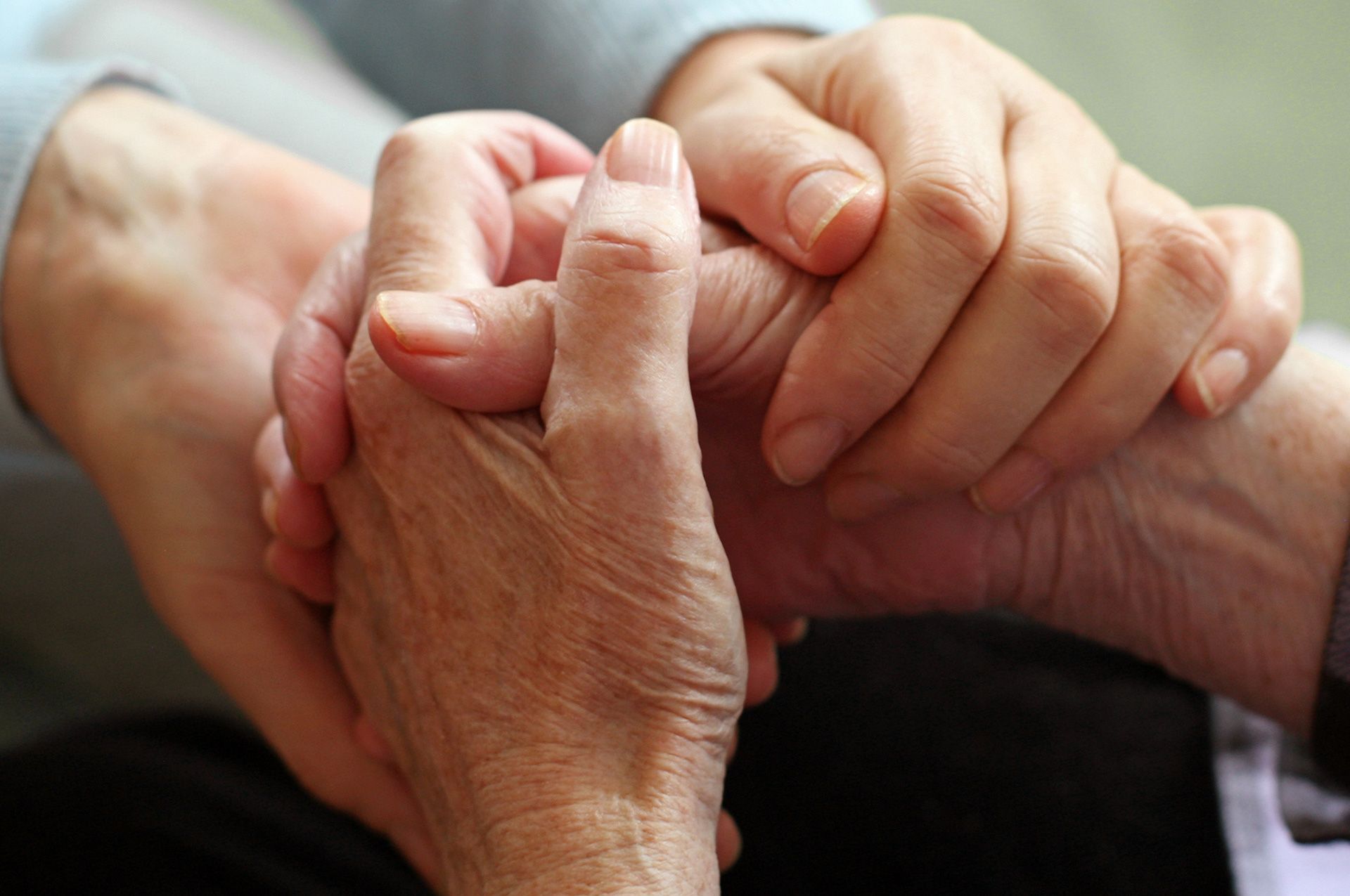
The most common accident among senior residents in care homes are slips and falls. While care homes can’t prevent every accident, they have a duty of care to reduce hazards and make their facilities safe spaces. Throughout this article, we look at the ways care homes help reduce slips, falls, and other accidents and injuries on their premises.
Running Thorough Risk Assessments
Risk assessments are an essential step when it comes to reducing accidents in any environment. When it comes to reducing slip and fall hazards, care home management should be considering the following during risk assessments:
- Which residents are at risk and how.
- Cracked floors, uneven surfaces, loose carpets, and poor lighting.
- Current measures and if they’re suitable.
- Processes for dealing with hazards as they emerge.
When conducting a risk assessment, it’s important to include both indoor spaces and outdoor spaces. For example, car parks need to be well maintained to prevent accidents.
Using High-Quality Medical Equipment
Medical devices are essential for providing care to seniors, but defective equipment can lead to serious accidents. Therefore, it’s essential to use only high-quality devices and ensure they’re consistently maintained.
If external healthcare providers are used, it’s important to vet them to ensure their equipment is in good working order. If a resident suffers an accident caused by defective medical devices, whether it belongs to the care home or a third party, they can file a medical malpractice compensation claim. Find out more by visiting https://www.paduffy-solicitors.com/en/medical-negligence/.
Making Necessary Changes to Homes
There are many hazards around the home that can lead to accidents including slips and trips. Service providers are responsible for managing these by carrying out the following tasks:
- Fitting heavy doormats to prevent rainwater entering properties.
- Fitting non-slip flooring in areas like bathrooms and kitchens.
- Restricting access to known wet flooring.
- Putting measures in place for cleaning up hazards.
- Treating external pathways with grit and de-icing solutions.
- Getting rid of loose-fitted rugs.
- Installing grab rails.
Teaching Employees to be on Alert
Even though managers are responsible for seeking out hazards and putting effective processes in place, it takes an entire care home team to reduce senior resident accidents. If employees aren’t taught to be on alert for common accident-causing hazards, there will be a lot of unnecessary accidents taking place. Managers can hold regular training sessions and ensure there’s a clear process for reporting any hazards.
Avoiding Floor Contamination
Senior residents don’t tend to slip on clean and stable surfaces. While we know most surfaces should be non-slip, it’s up to care home staff to make sure there’s no floor contamination, which is anything that shouldn’t be on the floor. For example, if there are oil spills, excess dust, water, or other liquid, it will need cleaning up straight away.
Care homes have an obligation to provide quality care to residents, which includes making sure there are no accidents. By making sure all staff are properly trained, a regular risk assessment is carried out, and there are clear reporting processes in place, accidents and injuries in care homes will decrease.
